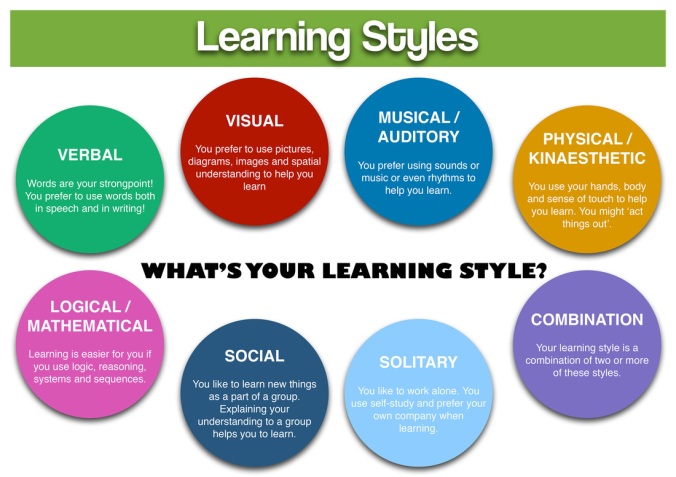Learning need not be all work
Before I found my way back to the academe, I worked as a programmer and systems analyst. One of the fond memories I have of that “era” was being invited to my daughter’s school for a sort of show-and-tell about what I did at work. At this time, I was rarely home; these kids barely knew who I was, and the last thing I wanted to do was to embarrass my daughter. But how do you explain COBOL programming, data processing, and If-Else structures to 8-year-olds?!?!
Needless to say, the days leading up to my talk were stressful. Suddenly, all the PowerPoint slides that I throw at the newcomers to my team were of no use to me. Thankfully, an idea finally came to me – how it managed to pop into my usually methodical and no-nonsense brain I cannot recall now, but I certainly am glad it came just in time.
I turned to what I though 8-year-olds will find more appealing: playing a game. We did a modified version of “Pass the message,” having the children form two groups and form a line, simulating a computer program. The “Message” is the data input that the child at the head of the line received, and passed on to the child behind him. The “Message” was “processed” by a group of two or three children, following “commands” that were given to them, before passing the processed data to the next group behind them. The “Output” was produced at the end of the line, and the children (thankfully!) had fun looking at how the initial message has changed, and how each group has contributed to that change. When the teacher facilitated a discussion afterwards, it seemed, at least to me, that the children did understand what was going on – and they had fun doing it. My daughter smiled proudly at me. I didn’t embarrass her! My day was complete.
This memory reminded me of how opportunities to learn are present in many different forms, and it does not necessarily mean sitting quietly for hours on end, listening to a teacher, reading books (or PowerPoint slides). Learning is not a solitary activity, and does not consist of receiving information, but constructing knowledge from experience. Which means that playing can give just as much – if not more – opportunities for learning as sitting in a classroom. Mark Carnes talked about active learning, and Jean Lacoste talked about giving students more autonomy and allowing them to take an active part in the learning process; all these point to a shift to a more student-centered paradigm that focuses on creating environments that produce learning, as opposed to simply transferring information.

 Now, do I believe the “Choose Your Own [Learning] Adventure” method will result in the success of every student? Absolutely not. Similar to the Choose Your Own Adventure books, not all learning paths lead to a “happy ending”. There is always risk involved when one assumes responsibility for their own outcomes. The path to learning is riddled with unforeseen pitfalls and booby traps that can fell many an adventurer. Still, I think such a method is an intriguing alternative that may provide [student] adventurers with the opportunity to actively engage in the learning experience. However, there will always exist a select group of adventurers who prefer to have a “guide” outline their path for them.
Now, do I believe the “Choose Your Own [Learning] Adventure” method will result in the success of every student? Absolutely not. Similar to the Choose Your Own Adventure books, not all learning paths lead to a “happy ending”. There is always risk involved when one assumes responsibility for their own outcomes. The path to learning is riddled with unforeseen pitfalls and booby traps that can fell many an adventurer. Still, I think such a method is an intriguing alternative that may provide [student] adventurers with the opportunity to actively engage in the learning experience. However, there will always exist a select group of adventurers who prefer to have a “guide” outline their path for them.









